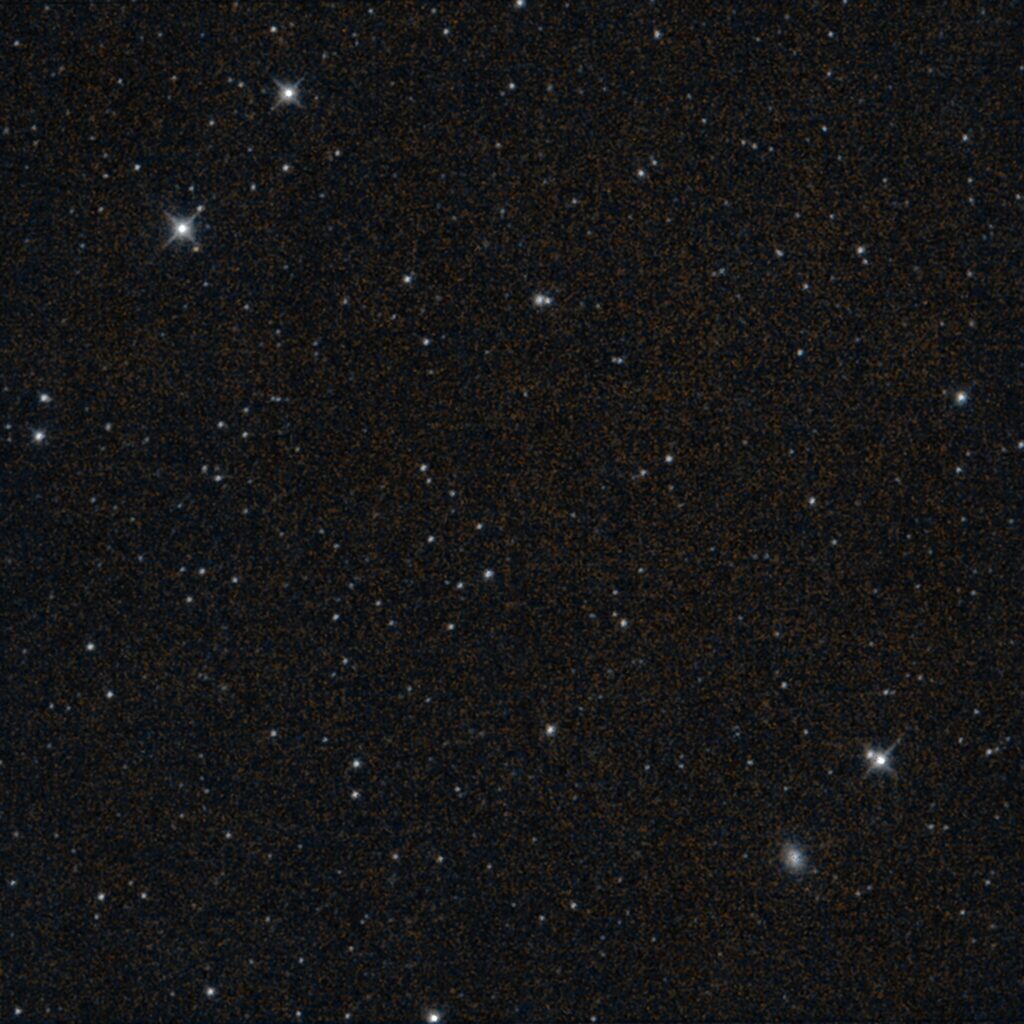Daily News
NASA’s NEOWISE Mission: A Decade of Discovery and Defense in Space
On August 8, 2024, a historic era in space exploration and planetary defense drew to a close as the NEOWISE (Near-Earth Object Wide-field Infrared Survey Explorer) mission concluded its operations. Launched initially as WISE in December 2009, this mission was rechristened NEOWISE in 2013 when it took on a new life focused on identifying and characterizing asteroids and comets that skirt close to Earth’s orbital path.

Ending the NEOWISE Mission
The Final Shutdown
In a solemn yet celebratory event at the Earth Orbiting Missions Operation Center, located within NASA’s Jet Propulsion Laboratory in Southern California, engineers issued the final command to turn off NEOWISE’s transmitter. This last act was observed by mission members both past and present, along with top officials from NASA’s headquarters in Washington. Through NASA’s Tracking and Data Relay Satellite System, the command was dutifully relayed, officially decommissioning the spacecraft.
The Impact of Solar Activity
NASA pointed to the inevitable descent of NEOWISE in its orbit around the Earth, accelerated by increased solar activity, as a principal reason for the mission’s end. This solar activity heated the upper atmosphere, causing it to expand and exert additional drag on the spacecraft, which lacked its own propulsion system. Soon, NEOWISE will gracefully re-enter Earth’s atmosphere and disintegrate—a fiery finale to over a decade of monumental service.
A Legacy of Achievements
NEOWISE began its journey scanning the entire sky in infrared. This allowed for high sensitivity detection of celestial objects beyond the capability of previous surveys. Despite a running out of coolant in 2010, which was crucial for its infrared capabilities, NEOWISE transitioned to focusing on objects within our solar system that were naturally highlighted by the sun’s rays.
Under the stewardship of the Near-Earth Object Observations Program, NEOWISE excelled in its role. “The NEOWISE mission has been an extraordinary success story as it helped us better understand our place in the universe by tracking asteroids and comets that could be hazardous for us on Earth,” remarked Nicola Fox, Associate Administrator of the Science Mission Directorate at NASA Headquarters. Throughout its extensive operation, NEOWISE contributed significantly to our planetary defense knowledge, detecting over 3,000 near-Earth objects, some 215 of which were new discoveries, and identifying 25 new comets.
Paving the Way for NEO Surveyor
One of the most tangible legacies of NEOWISE is the groundwork it has laid for subsequent initiatives, notably the NEO Surveyor mission. Expected to launch no earlier than 2027, NEO Surveyor will continue the vital task of scanning the skies for potentially hazardous objects. This next-generation telescope will focus on detecting ‘dark’ asteroids and comets—objects that reflect little visible light and are difficult to track from Earth.
Amy Mainzer, principal investigator for both NEOWISE and NEO Surveyor, encapsulated the transition, stating, “While it is sad to see NEOWISE retire, it has set a robust foundation for the next steps in our planetary defense efforts.”
By all measures, the NEOWISE mission has been a beacon of scientific triumph and international cooperation. As the sun sets on this chapter of space exploration, the global community looks eagerly towards the advancements and discoveries that will follow in its path, safeguarding our planet and shedding light on the dark corners of our solar system.
To stay updated on NEO Surveyor and other NASA missions, visit NASA’s official website.
{Source: NASA}
The science section of our news blog STM Daily News provides readers with captivating and up-to-date information on the latest scientific discoveries, breakthroughs, and innovations across various fields. We offer engaging and accessible content, ensuring that readers with different levels of scientific knowledge can stay informed. Whether it’s exploring advancements in medicine, astronomy, technology, or environmental sciences, our science section strives to shed light on the intriguing world of scientific exploration and its profound impact on our daily lives. From thought-provoking articles to informative interviews with experts in the field, STM Daily News Science offers a harmonious blend of factual reporting, analysis, and exploration, making it a go-to source for science enthusiasts and curious minds alike. https://stmdailynews.com/category/science/
